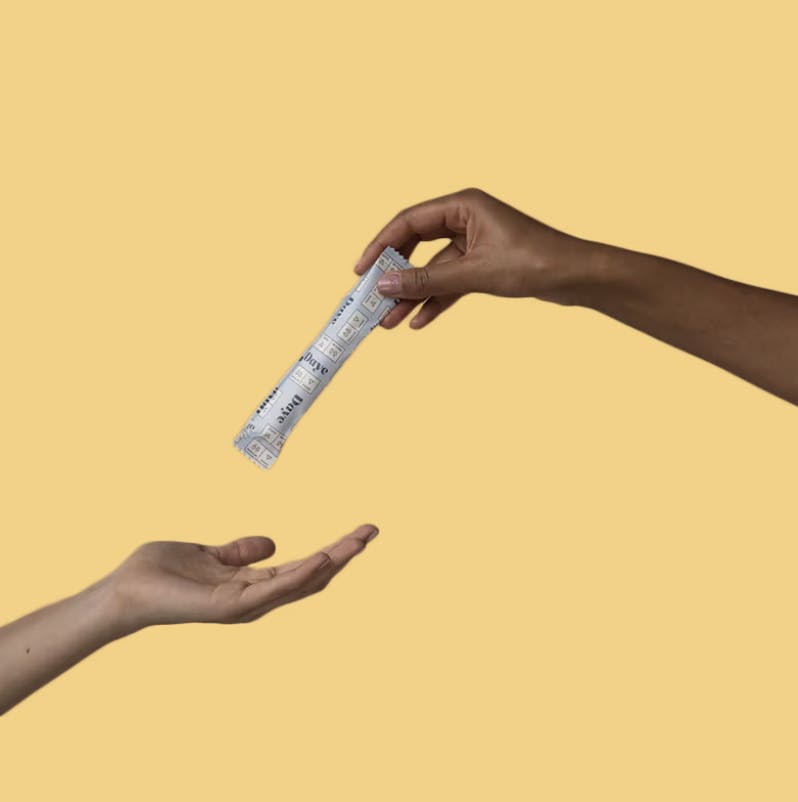Daye was founded as an answer to the highly monopolised tampon industry. We exist to create high-quality, sustainable products that are designed by and for women. We’re starting by making tampons pain-relieving, hyper-absorbent, more sustainable and safer.
What's so bad about my current tampons we hear you say, well read on and we’ll tell you…
Tampons for when your period is cramping your style
You’ve probably seen hemp extract sold almost everywhere nowadays, but when taken orally, they have to travel through your entire digestive system before making an impact. The process takes several hours (think of how long it takes to digest a meal).
Topical, localised hemp extract, on the other hand, works much faster. Not only are your vaginal walls more absorbent than your skin, but they’re also closer to the source of menstrual discomfort, bypassing your digestive system altogether for fast, efficient relief.
Our tampons contain 100mg of high-potency (30%), full-spectrum hemp extract. All with 0% THC so no, they won't get you high.
If all this sounds too good to be true, well it isn't. Try it for yourself here.
Sustainability
Did you know that mainstream tampons are made from 90% plastic, and along with their packaging they generate 200,000 tonnes of waste per year in the UK alone?
When you’re dealing with cramps, heavy bleeding and leaks, the environment might not be the first thing on your mind – we totally get it. This is why we took it upon ourselves to create an organic cotton tampon, with a bio-based sugarcane applicator, and a safe-to-flush, water-soluble wrapper.
Sanitisation
Did you know that plasters have more stringent manufacturing standards than tampons (which go inside the most absorbent part of your body every month)?
The tampon manufacturing process doesn’t include sanitisation at any point. This means bacterial contamination can be found on the surface of your tampon.
Whether you’re using mainstream or organic tampons, you can never really know what’s inside them – and therefore inside you.
Daye tampons are produced in cleanrooms and sanitised with gamma ray sterilisation to eliminate any microbial contamination reducing the risk of vaginal infections and the potentially fatal Toxic Shock Syndrome (TSS).
Try our upgraded tampon for yourself here.
Fibre Loss
Few people are aware of a very common issue with tampons: fibre loss.
Fibre loss happens when a tampon sheds inside the vaginal canal, leaving behind small pieces of filament (fuzzy bits). Most fibre loss is caused by the friction of inserting and removing tampons.
Although the vagina is a self-cleaning organ, it's not able to flush out pieces of tampon left inside.
“The issue with tampon fibre shedding is that it creates a breeding ground, giving bad bacteria a chance to get established inside the vagina,” adds Dr. Harry Baxter, OBGYN. “This impacts TSS risk and can lead to infections such as thrush and BV”.
This is why Daye tampons have a protective sleeve, ensuring you’re fully protected from vaginal fibre loss. Try our no-shed tampons today.


.gif?ixlib=gatsbyFP&auto=compress%2Cformat&fit=max&w=570&h=570)

